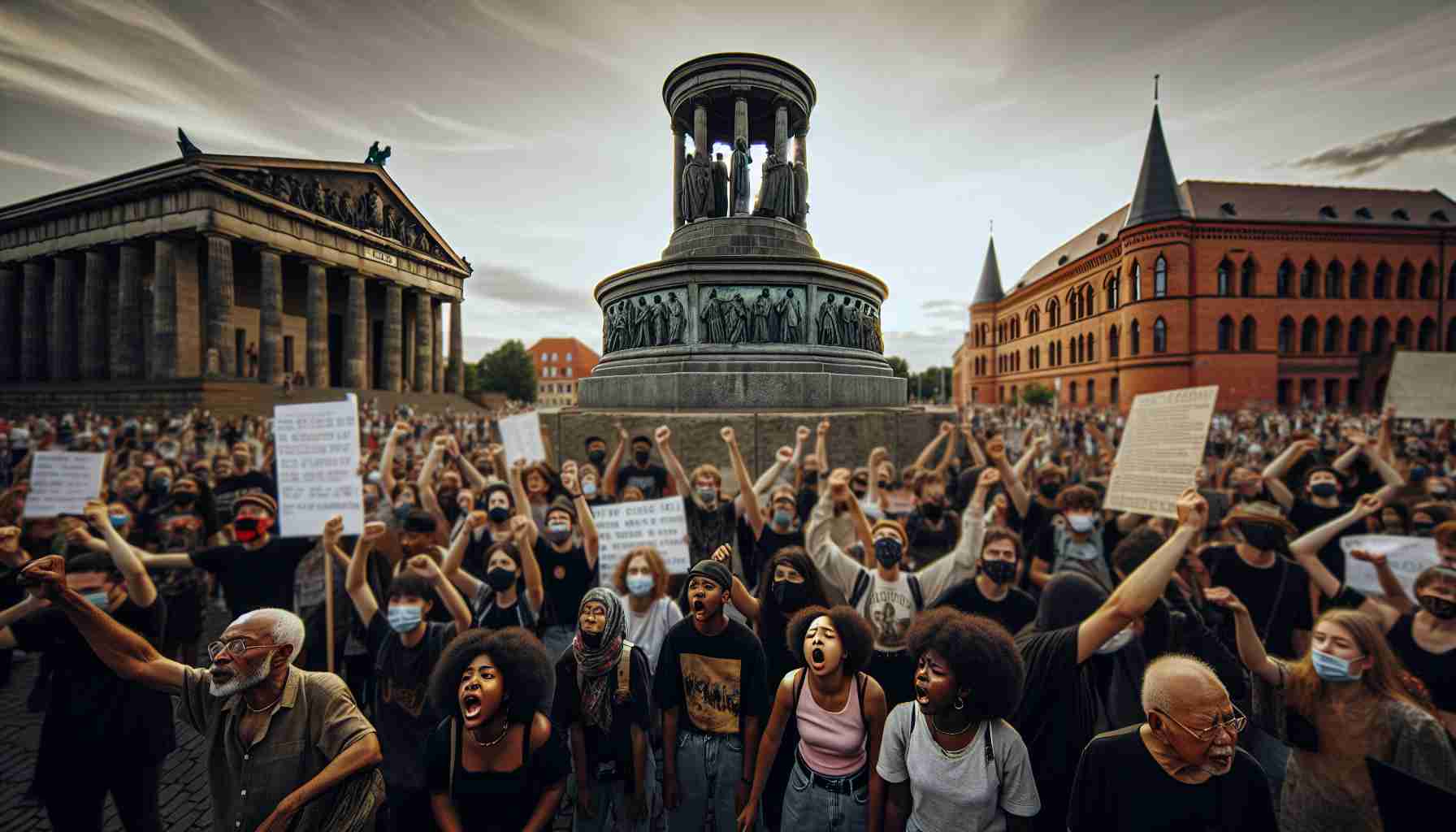
Controversy Surrounding Monuments: Push for Historical Reflection
Local Groups Criticize Renaming Proposal
The recent proposal to rename the monument dedicated to Franco has sparked debate among various factions, with the opposition, historical memory association, and experts voicing their disapproval. The idea put forth by the Cabildo to transform the monument into one of “Concordia” has been met with skepticism and criticism from different quarters.
Call for Deeper Reflection
Rather than simply repurposing the statue, many are calling for a more profound examination of historical memory and the implications of glorifying controversial figures. The push is not only to rename monuments but to engage in meaningful dialogue and education surrounding the complex legacies of such individuals.
Seeking a Path Towards Understanding
Amidst the contentious discussions, there is a shared desire to create spaces that promote peace, reconciliation, and a better understanding of the past. Calls for thoughtful reflection and inclusive processes that acknowledge diverse perspectives are emerging as crucial components in addressing historical narratives.
Embracing a Multifaceted Approach
Advocates emphasize the importance of looking beyond mere cosmetic changes and delving into the deeper meanings behind monuments. By approaching these issues with nuance and sensitivity, it is possible to foster a more inclusive and reflective commemorative landscape that resonates with diverse communities.
Broader Perspectives on Monument Controversies
In the ongoing discourse surrounding monuments and their historical significance, several key questions come to the forefront:
1. How can the contentious history and legacy of monuments be acknowledged and addressed in a way that respects diverse viewpoints?
2. What role should community engagement play in decisions regarding monument renaming or removal?
3. Are there alternative approaches, aside from renaming, that can help contextualize and educate the public about the complex histories behind these structures?
Addressing these questions involves navigating through a myriad of challenges and controversies associated with the topic. One of the primary challenges is finding a balance between preserving historical integrity and recognizing the need for reflection and revision. The tension between maintaining the status quo and embracing change can lead to polarizing debates within communities.
Advantages of engaging in discussions about monument controversies include the potential for promoting dialogue, understanding, and reconciliation among differing groups. By actively reevaluating the narratives depicted by monuments, societies can foster a more inclusive and nuanced understanding of shared histories.
On the other hand, disadvantages may arise from resistance to change, preservation of entrenched viewpoints, and the risk of erasing certain aspects of history. Critics argue that altering monuments could be seen as rewriting history, while proponents advocate for a more critical and reflective approach that acknowledges the complexities of past events.
While the push for historical reflection is gaining momentum, it is essential to consider the multifaceted nature of these debates. Embracing diverse perspectives and engaging in respectful dialogue are crucial steps towards creating a commemorative landscape that reflects the complexities of history while fostering understanding and reconciliation.
For further insights on monument controversies and historical reflection, visit the Historical Reflections Institute.